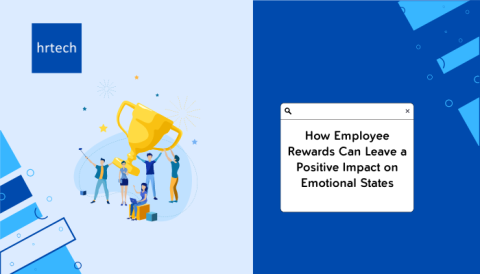In today’s fast-paced work culture, organizations are constantly seeking ways to motivate and retain talent. One key area of focus is employee appreciation, but many confuse rewards with recognition. Though often used interchangeably, the two have distinct meanings, applications, and impacts on employee morale.
Understanding the difference between rewards and recognition is essential for building a strong employee engagement strategy that balances motivation with meaning. In this blog, we’ll clearly define both concepts, compare them side by side, and explain how to use them effectively for maximum impact.
Let’s get started.
Key Takeaways
- Rewards are tangible, performance-based incentives like bonuses or vouchers given for achieving specific goals or milestones.
- Recognition is informal, personal praise acknowledging consistent effort, values, or attitude, often non-monetary and spontaneous.
- Rewards drive short-term productivity, while recognition builds long-term engagement, morale, and emotional connection.
- A balanced strategy combining both improves employee retention, workplace culture, and team motivation across departments.
- Industries like sales and IT rely on rewards, whereas education, startups, and healthcare benefit more from recognition.
What Is Recognition?
Recognition is the act of acknowledging someone’s efforts, behaviors, or achievements, usually in a personal and timely manner. It focuses on who the person is and what they contribute, rather than on tangible outcomes.
It’s often verbal, informal, and spontaneous. For example, a manager saying “great job” in a team meeting or sending a thank-you email.
Here are the key aspects of recognition:
- Non-Monetary: Involves praise, shout-outs, or appreciation notes rather than cash or gifts.
- Timely and Frequent: Given in real time to reinforce positive behavior, common in service and startup sectors.
- Behavior-Based: Often tied to company values like collaboration or customer service.
- Inclusive: Can be peer-to-peer or manager-led, supporting a culture of appreciation.
- Personalized: Tailored to individual preferences, especially effective in education and creative teams.
Now that we’ve covered recognition, let’s look at how rewards differ in intent and application.
What Are Rewards?
Rewards are tangible, structured incentives given for achieving specific goals or milestones. They often come in the form of bonuses, gift cards, paid trips, or other material benefits.
Unlike recognition, rewards are performance-based, usually planned in advance, and tied to metrics like sales targets, attendance, or project completion.
Below are the core elements of rewards:
- Monetary or Physical: Includes bonuses, gift cards, vouchers, or paid time off, widely used in sales and tech industries.
- Goal-Oriented: Tied to achieving specific KPIs, targets, or deadlines.
- Scheduled or Conditional: Given at set intervals like quarterly bonuses or based on achievement triggers.
- Motivates Performance: Designed to drive short-term effort and boost productivity.
- Formal Process: Governed by HR or leadership with clear eligibility rules, often in large corporations.
Struggling to retain top talent? Let TeamLease help you design a recognition framework that builds loyalty, drives performance, and enhances company culture.
Although they may seem similar, rewards and recognition serve different purposes. Let’s, compare them side by side.
Key Difference Between Rewards And Recognition

Understanding the distinction between rewards and recognition is essential for creating a well-rounded employee engagement strategy. While both motivate and retain employees, they serve different purposes and are applied in unique ways.
Here’s a quick side-by-side breakdown of the difference between rewards and recognition:
| Criteria | Recognition | Rewards |
| Definition | Acknowledgement of effort, behavior, or values demonstrated | Tangible benefits or incentives given for specific achievements |
| Form | Verbal praise, public appreciation, thank-you notes | Bonuses, gift cards, incentives, time-off vouchers |
| Timing | Instant, spontaneous, and ongoing | Structured, scheduled, or milestone-based |
| Focus Area | Effort, attitude, collaboration, and behavior aligned with company values | Results, goal achievement, performance metrics |
| Personalization | Highly personalized, often informal | Standardized and formal, usually guided by HR policy |
| Cost | Usually no or low-cost | Involves financial investment |
| Frequency | Frequent and regular | Occasional or based on defined triggers |
| Examples of Usage | Peer shout-outs, appreciation emails, “employee of the month” mentions | Quarterly bonuses, sales incentives, and festival gift vouchers |
| Industries Commonly Used | Education, healthcare, startups, NGOs | BFSI, IT, sales-driven and performance-based industries |
| Impact | Builds culture, morale, and trust | Drives performance and short-term motivation |
Create a motivated and high-performing team by aligning your rewards and recognition strategy with expert guidance from TeamLease.
Understanding their unique benefits will help you design a balanced strategy that motivates across levels to understand the key difference between rewards and recognition. So let’s get started!
Benefits Of Rewards And Recognition

A well-structured rewards and recognition program is essential for boosting morale, increasing engagement, and retaining top talent. While rewards offer tangible motivation, recognition nurtures emotional connections between employees and the organization.
Together, they create a work culture that values performance and people equally. Their impact goes beyond individual output; they directly influence business outcomes. In fact, companies with effective recognition programs have 31% lower voluntary turnover compared to those without such programs.
Benefits Of Rewards
Rewards play a crucial role in motivating employees by offering tangible acknowledgment for specific achievements. They are especially effective in driving short-term performance and aligning employee goals with business objectives.
Below are the key benefits of offering rewards:
- Goal Achievement: Encourages employees to meet sales targets, project deadlines, or KPIs through incentives, common in sales and marketing teams.
- Employee Retention: Tangible rewards help retain top talent, especially in industries like IT and BFSI, where skilled professionals are in high demand.
- Performance Boost: Timely bonuses and gift cards create urgency and focus among employees, often used in fast-paced environments like logistics and retail.
- Healthy Competition: Performance-based rewards foster friendly competition, increasing overall output, particularly in sales-driven sectors.
- Company Branding: Competitive rewards programs enhance employer branding, attracting skilled candidates in consulting and tech industries.
Benefits Of Recognition
Recognition fulfills the emotional and psychological needs of employees by validating their contributions. Unlike rewards, it focuses on effort, consistency, and values, building a culture of appreciation. It helps improve morale, deepen engagement, and strengthen peer and manager relationships.
Below are the major benefits of recognition:
- Stronger Engagement: Regular shout-outs and appreciation build stronger emotional connections to the organization, common in education and healthcare.
- Culture of Appreciation: Reinforces positive behaviors and values, promoting a respectful and inclusive workplace, especially in service industries.
- Improved Collaboration: Peer-to-peer recognition fosters teamwork and mutual respect, highly relevant in cross-functional teams.
- Low-Cost Motivation: Encourages ongoing performance improvement without financial spend, often used in startups and NGOs.
- Manager-Employee Trust: Consistent recognition enhances transparency and trust, crucial for leadership effectiveness in large enterprises.
Boost employee morale with a balanced strategy, partner with TeamLease to implement effective rewards and recognition programs tailored to your workforce.
So, how do both approaches influence motivation in the workplace? Let’s explore them.
The Role Of Rewards Vs. Recognition In Employee Motivation
Both rewards and recognition play a vital role in building a motivated, productive workforce. While they share the common goal of appreciating employee efforts, they operate differently and serve unique purposes in shaping workplace morale and culture.
Here’s how each contributes to motivation and engagement:
Rewards
- Tangible Benefits: Usually include bonuses, gift cards, or incentives given for meeting specific targets or milestones.
- Performance-Linked: Often tied to measurable achievements like sales targets, project completion, or productivity goals.
- Formal Process: Typically planned and budgeted, delivered at regular intervals like quarterly or annually.
- Short-Term Motivation: Boosts performance temporarily by offering immediate gratification.
- Common in Sales and Operations: Frequently used in roles with quantifiable KPIs.
Recognition
- Intangible Value: Involves verbal praise, thank-you notes, or public acknowledgement that affirms effort and attitude.
- Behavior-Focused: Rewards values like teamwork, creativity, or a positive attitude, even when outcomes are intangible.
- Can Be Instant: Doesn’t require planning or budgeting; can happen on the spot or in regular meetings.
- Builds Long-Term Engagement: Fosters emotional connection, loyalty, and a sense of belonging.
- Effective Across Departments: Works well in people-driven teams like customer support, HR, and creative roles.
Conclusion
Understanding the difference between rewards and recognition is key to building a workplace where employees feel valued, motivated, and committed. While rewards are tangible and performance-driven, recognition is personal and emotion-driven; both are essential for sustaining employee engagement and driving productivity.
When used together, they create a culture of appreciation that goes beyond compensation and fosters long-term loyalty. The right mix of both can boost morale, encourage high performance, and reduce attrition across all levels of the organization.
If your organization is ready to simplify and strengthen its payroll processes, TeamLease is your trusted partner in making it happen. Backed by deep expertise in workforce and compliance management, TeamLease specializes in designing and executing payroll solutions that align with your operational goals and employee expectations, ensuring accuracy, efficiency, and long-term scalability.
Choosing established providers, such as Team Lease, can ensure compliance and industry-specific expertise, thereby facilitating a smoother transition.
Frequently Asked Questions
1. Can rewards and recognition be combined in a single program?
Yes, many organizations use a hybrid approach that includes both structured rewards (like incentives) and informal recognition (like thank-you messages) to maximize impact.
2. How often should recognition be given to employees?
Recognition should be frequent and timely. Even small, consistent gestures, like weekly shoutouts or instant feedback, can significantly improve morale.
3. Are rewards always monetary in nature?
No, rewards can also be non-monetary, such as extra time off, access to training, or personalized gifts that align with employee interests.
4. What’s the impact of recognition on employee retention?
Employees who feel recognized are more likely to stay with the company. Recognition has been shown to lower turnover rates and increase job satisfaction.
5. Which roles benefit more from recognition than rewards?
Roles that are collaborative or service-oriented, like HR, support, and education, often benefit more from recognition, as their impact may not be tied directly to numbers.







